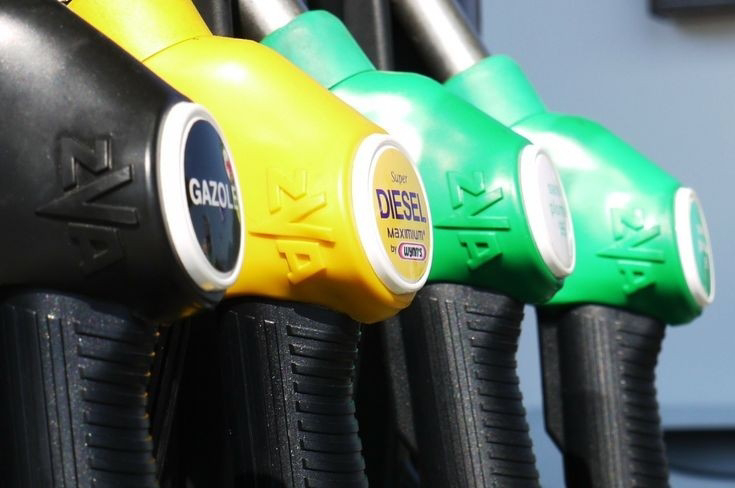If all the oceans of the world were to freeze completely, it would have significant and wide-ranging effects on the Earth's ecosystems and climate. Here are some of the consequences that would likely occur:
1. Disruption of Marine Life: The freezing of the oceans would pose a severe threat to marine life. Most marine organisms are adapted to living in liquid water, and the sudden freezing of their habitat would lead to widespread mortality. Fish, mammals, and other marine species would struggle to survive in the absence of liquid water, affecting the entire marine food chain.
2. Impact on Climate: Oceans play a crucial role in regulating the Earth's climate. They absorb and store vast amounts of heat, which they distribute around the globe through ocean currents. If the oceans were frozen, this heat distribution would be severely disrupted, leading to significant changes in global climate patterns. It could result in colder temperatures in coastal regions and altered weather patterns worldwide.
3. Sea Level Changes: When water freezes, it expands. If all the oceans froze, the expansion of the water would cause a rise in sea levels. This is because frozen water occupies more space than liquid water. The extent of sea level rise would depend on the volume of water frozen.
4. Impact on Earth's Albedo: The frozen oceans would significantly alter the Earth's albedo, which is the measure of how much sunlight is reflected back into space. Ice and snow have a much higher albedo than liquid water, meaning they reflect more sunlight. This increased reflectivity could lead to an overall cooling effect on the planet's temperature.
5. Disruption of Oceanic Circulation: Ocean currents, such as the Gulf Stream and the North Atlantic Drift, play a crucial role in redistributing heat around the globe. Freezing the oceans would disrupt these currents, potentially leading to changes in regional climates and affecting ecosystems that rely on specific current patterns.
If all the oceans of the world were to freeze, it would have a substantial impact on global trade and transportation. Here are some considerations:
1. Maritime Transportation Disruption: Shipping and maritime transportation, which heavily rely on open waterways, would be severely disrupted. Frozen oceans would make it nearly impossible for vessels to navigate through the ice, resulting in a significant reduction in maritime trade routes. Ports and harbors would be inaccessible, leading to a halt in shipping activities.
2. Economic Implications: International trade heavily depends on maritime transportation for the movement of goods across the globe. With frozen oceans impeding shipping routes, there would be a substantial disruption in global supply chains. Industries reliant on imports and exports would face challenges in transporting goods, leading to potential shortages, increased costs, and economic repercussions.
3. Alternative Transportation Methods: In the face of frozen oceans, alternative transportation methods would need to be explored. This could involve utilizing land-based transportation networks such as roads, railways, and air travel to compensate for the loss of maritime routes. However, such alternatives may not be as efficient or cost-effective for transporting large volumes of goods over long distances.
4. Localized Trade Opportunities: While international trade would be significantly impacted, localized trade within regions that are not directly affected by the frozen oceans could still continue. Landlocked countries and regions that rely less on maritime transportation might experience a shift in trading patterns, focusing more on overland trade routes.
5. Exploration of Arctic Routes: The Arctic region, which is already experiencing diminishing sea ice due to climate change, could potentially become more accessible for trade if all the oceans were to freeze. However, it's important to note that even in the frozen state, navigating through icy Arctic waters presents significant challenges and requires specialized ice-breaking vessels.
The freezing of all the oceans on Earth has never occurred in the history of our planet. While there have been periods of extensive ice coverage in the past, such as during the Snowball Earth hypothesis, where a large portion of the Earth's surface was covered in ice, the complete freezing of all oceans has not been observed.
The Snowball Earth hypothesis suggests that approximately 650 to 700 million years ago, the Earth experienced severe ice ages where ice sheets extended from the poles to lower latitudes. However, even during this time, it is believed that there were still areas of open water, known as "refugia," where life could persist.
The Earth's climate has gone through various cycles of glaciations and interglacial periods, with ice ages occurring intermittently. These cycles involve the growth and retreat of ice sheets, but they do not result in the complete freezing of all oceans.
The Earth's climate is influenced by complex interactions between various factors, including solar radiation, greenhouse gases, ocean currents, and geological processes. While changes in climate can lead to shifts in ice coverage and sea ice extent, a complete freeze of all oceans would require extreme and long-lasting climate conditions that have not been observed in Earth's history.











